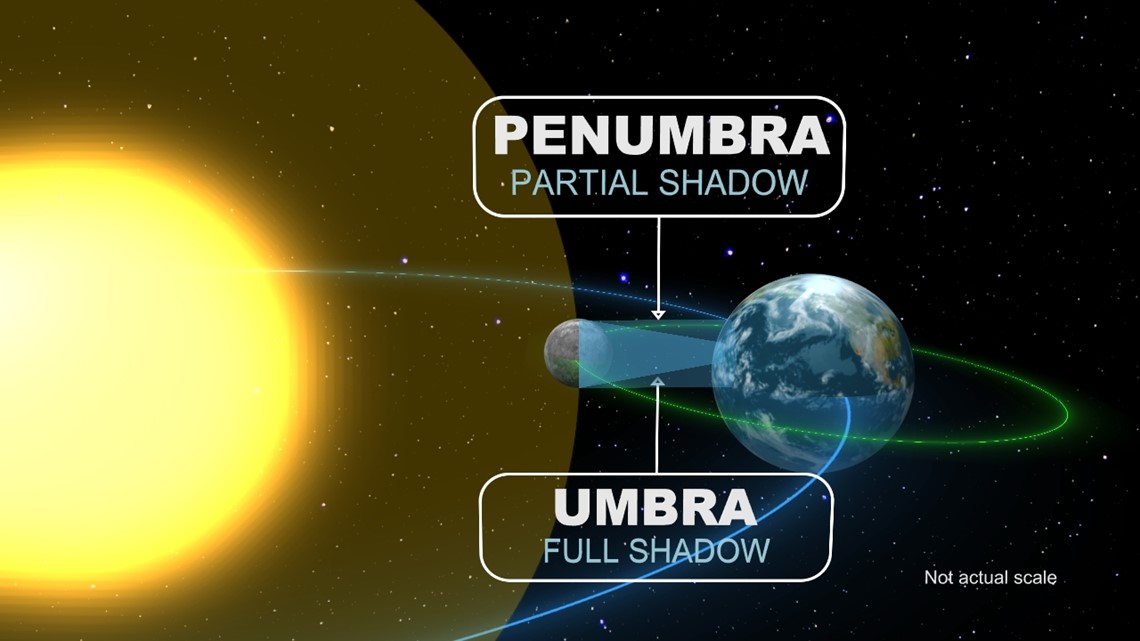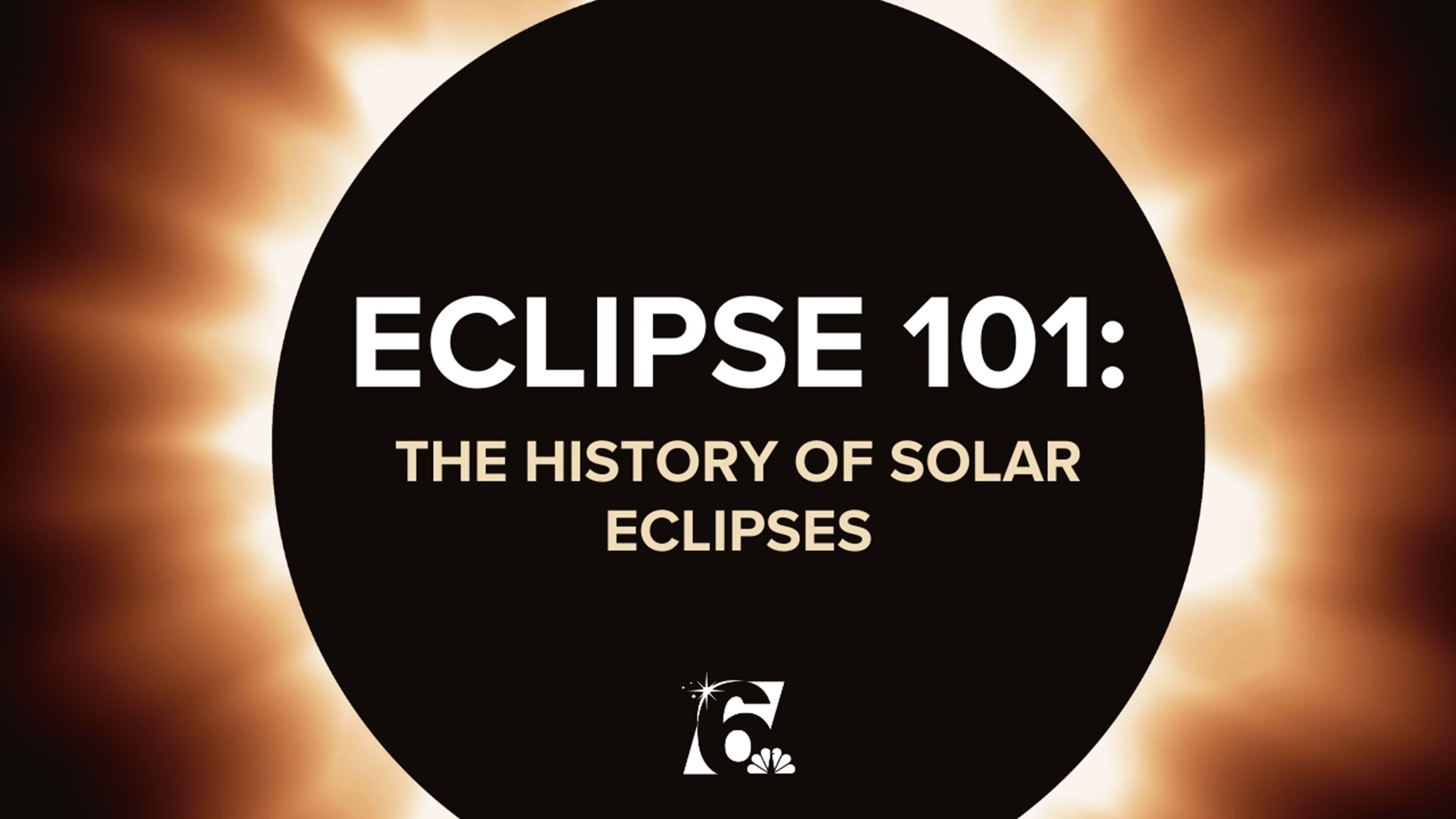TEMPLE, Texas — We are counting down to one of the defining moments of 2024: The total solar eclipse on April 8. To help get you prepared, the 6 News Weather Team is creating a series of "Eclipse 101" stories and videos that'll cover a range of interesting facts and information regarding eclipses.
In this installment, we're discussing the history of solar eclipses, how often they occur and why a total solar eclipse is considered a "once-in-a-lifetime" opportunity.
Turns out, the history of solar eclipses is a long one.
The first recorded solar eclipse dates back to a tablet found in the Ancient Babylonian City of Ugarit, which is now modern day Syria. According to the University Corporation for Atmospheric Research (UCAR), two potential dates are cited in reference to their find: Either May 3, 1375 BCE or March 5, 1223 BCE.
Solar eclipses have been happening since the beginning of time, but it's possible that the recorded history of eclipses goes back nearly 3,400 years!
The Babylonians may have used tablets to record the eclipses, but they may have even been able to predict future occurrences, UCAR said.


So how often do solar eclipses occur? Turns out they may be more common than you think.
A regular solar eclipse happens two-to-five times a year. In fact, the next eclipse after April 8's will be a partial eclipse on Oct. 2.
Total solar eclipses, on the other hand, happen every 18 months. With the next one expected in August 2026, this one will be visible in Greenland, Iceland and along the Iberian Peninsula.
Why then, if eclipses are so common, are total solar eclipses considered to be a once-in-a-lifetime event? Well, just like in real estate, it's all about location, location, location.
During a total solar eclipse, the moon moves between the Sun and Earth and casts a shadow over the earth called the "umbra." You would need to be under the umbra to see a total solar eclipse. A secondary shadow called the "penumbra" also provides some visibility of the eclipse, but it will not be total coverage. (See the image below.)


On average, a given point on the Earth's surface will experience a total solar eclipse roughly every 400 years! Here in Texas, our next eclipse of any kind is slated for 2024. A total solar eclipse happening again in Central Texas? February 2343!
How would these events have affected past civilizations? Obviously, in the ancient world, this event would have been met with awe much like today, but also like today, experts would've used the knowledge of the time to try and explain what was happening. Some of those explanations are fascinating, too!
According to Britannica, in Ancient Chinese culture, it's believed that the eclipse happened when a celestial dragon attacked and tried to eat the sun. In response, people would fill the streets and bang on drums to make loud noises in an effort to scare the dragon away. Since eclipses only last a few minutes, the people believed their efforts were successful and the ruckus became tradition.
Over in the Americas, several Native American tribes had their own explanations for the sudden disappearance of the sun. The Choctaw, for example, believed an eclipse happened when a mischievous black squirrel began chewing on the sun. Much like those in Ancient China, the Choctaw gathered and created noises to scare the squirrel away.
We may no longer believe that gods and animal spirits cause eclipses, but they certainly do still capture the imagination. With City Councils in Central Texas estimating tens of thousands of people will be in the area, it should be quite the gathering when the sky goes dark midday on April 8.
Of course, 6 News crews will be across Central Texas on that day, broadcasting the eclipse live from 1 p.m. to 2 p.m. on KCEN 6 News, kcentv.com, 6+ on Roku and Firestick, as well as our YouTube channel.

